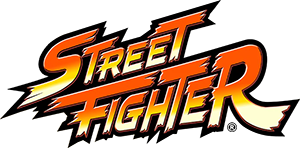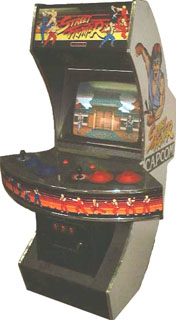Machinarium is a puzzle point-and-click adventure game developed by Amanita Design. The goal of Machinarium is to solve a series of puzzles and brain teasers. The puzzles are linked together by an overworld consisting of a traditional "point and click" adventure story. The player character, a robot called Josef is dumped on a scrapheap, where he re-assembles himself and sets off for the city. The game contains no dialogue, spoken or written, and apart from a few tutorial prompts on the first screen, is devoid of understandable language entirely. Josef and other character communicate with animated thought bubbles.
Here is a short trailer of his adventure
Images of his adventure

To see more images check out the Machinarium Gallery
The Music Score and Sound
Machinarium won the Excellence in Visual Art award at the 12th Annual Independent Games Festival and the Best Soundtrack award from PC Gamer in 2009.
The music in this game is well composed by producer Tomas Dvorak as so Known as
Floex. His take on the soundtrack is a very melodic style and puts you in a place of relaxation as you attempt to solve the puzzles. The music also is set to the mood of the level you are on with Josef. Here the song The Bottom from the soundtrack.
The sound effects in this game is created and added to give the feeling and experience of you being in this robot world, and to move you subtly but surely toward your goal of solving each level. The sounds of junk or robotic parts moving across the screen helps you to relate to being a robot in a mechanical world. I think this game is very well designed visually and sonically to give the player a great interactive adventure.
Enjoy the experience for yourself









